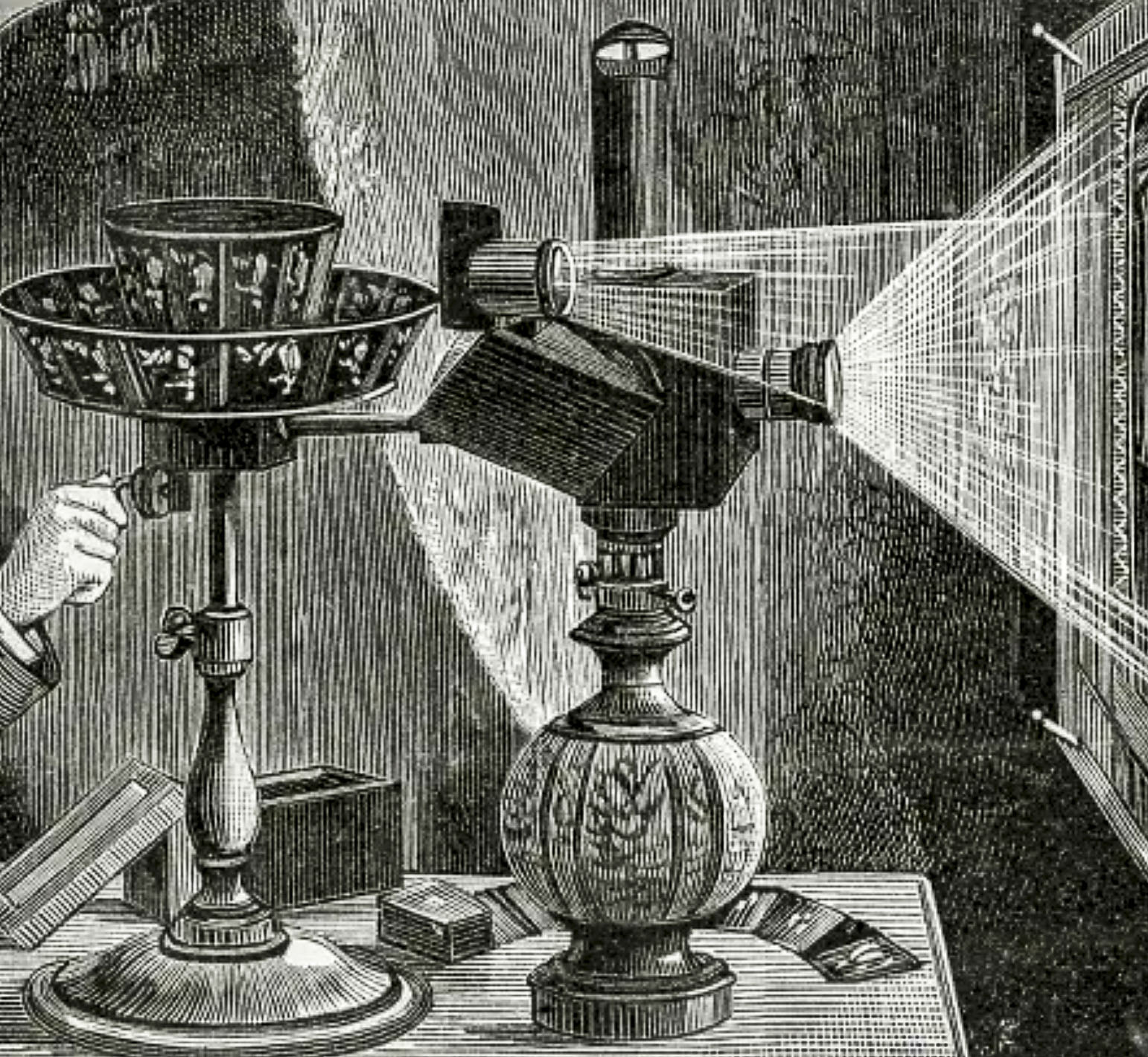To Lie and to Act: Potemkin's Villages, Cinema and Telepresence
Abstract:
Representational technologies have served two main functions throughout human history: to deceive the viewer and to enable action, i.e., to allow the viewer to manipulate reality through representations. Fashion and make-up, paintings, dioramas, decoys and virtual reality fall into the first category. Maps, architectural drawings, x-rays, and Telepresence falls into the second. To deceive the viewer or to enable action: these are the two axes that structure the history of visual representations.
What are the new possibilities for deception and action offered by computer-based technologies such as computer imaging and Internet-based telepresence in contrast to older technologies of architecture, cinema, and video? If we are to construct a history that will connect all these technologies, where shall we locate key historical breaks? This essay will reflect on these questions.

